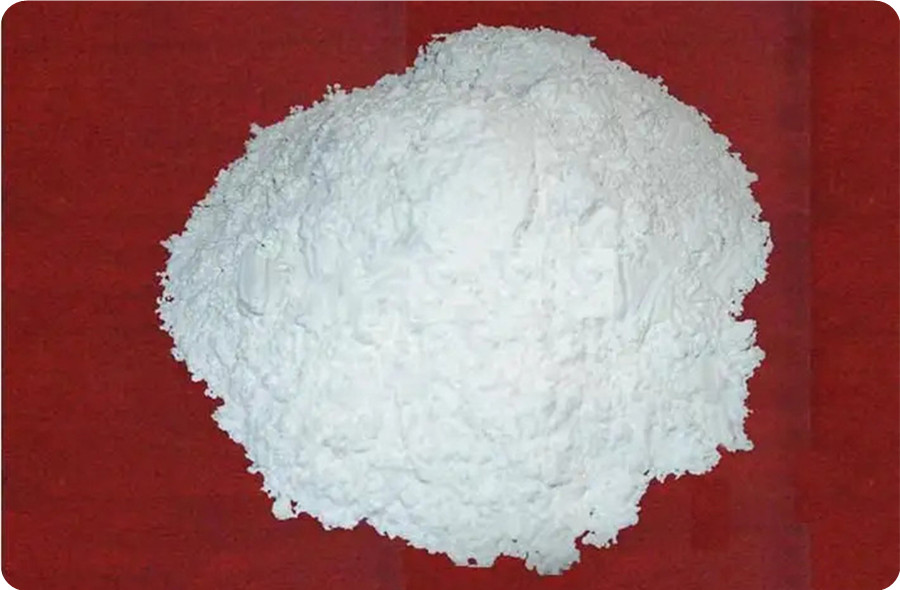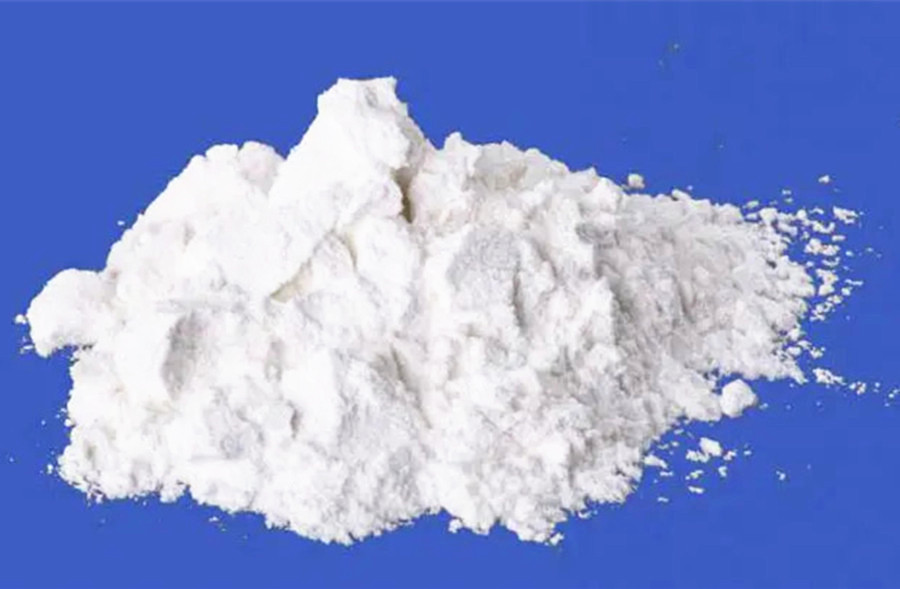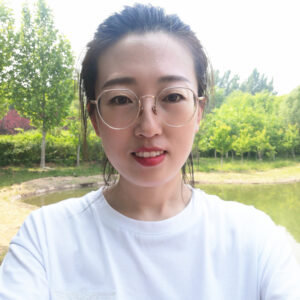Quality improvers are mainly used in meat processing. The combination of various additives and food can improve the color, aroma, and taste of food, maintain its quality and freshness, and meet the needs of technical processing technology.
Polyphosphate is widely used in the processing of meat products and can significantly improve the quality. It can emulsify, control metal ions, color, microorganisms, adjust pH and buffer. It can also adjust the product texture, improve the flavor, maintain the tenderness and improve the yield of finished products.
There are many types of polyphosphates, but there are three main ones related to meat processing.

1. Sodium Pyrophosphate
It is also known as tetrasodium pyrophosphate, the molecular formula is Na4P2O 10H2O, it is a colorless or white crystal, soluble in water, insoluble in ethanol, and the melting point is 988 ℃, the relative density is 1.824, the pH value of 1% solution is 10. It is hygroscopic, so it must be kept in an airtight container. It is one of the commonly used water-retaining agents in meat processing. The maximum usage is 0.0025%, and it is mostly mixed with sodium tripolyphosphate.
2. Hexametaphosphate
It is also known as Graham salt, its molecular formula is (NaPO3)6, it is a sky-colored transparent glass block or flake, easily soluble in water, hygroscopic, and will gradually become a viscous liquid in the humid air. It has the effect of coagulating protein and has strong chelating power, buffering effect, and dispersing effect on metal ions. In canned meat, the fat can be emulsified, the texture is kept uniform, the water holding capacity can be increased, and the fat in the meat can be prevented from deteriorating.
3. Sodium Tripolyphosphate

The molecular formula is Na5P3O10, white crystal, or crystalline powder. It is easily soluble in water, and the pH value of 1% aqueous solution is 9.5. It is one of the commonly used water-retaining agents in meat processing. It has a strong adhesive effect, can also prevent the discoloration, deterioration, and dispersion of meat products, and also has a strong emulsifying property for fat. Meat products added with sodium tripolyphosphate have less water loss after heating, and the finished product is complete, good in color, tender in meat, easy to slice, and shiny on the cut surface. It is the most widely used phosphate.
Commonly used polyphosphate mixtures can be classified into two categories: ① Viscous: Contains highly polymerized potassium metaphosphate mixed with acidic sodium pyrophosphate or tripolyphosphate. ②Non-viscous: There are a lot of mixed ingredients, including tetrasodium pyrophosphate or sodium tripolyphosphate, and phosphate glass. Both types of polyphosphates have been used in the processing of ground meat products. For example, the addition of 0.3% dry polyphosphate to sausages can reduce the loss of fat content and duty during cooking, canning, or frying. The normal amount of phosphate added is about 0.3% of the weight of the cured meat.
At present, the phosphates used in production are mostly complex salts of pyrophosphate, tripolyphosphate, and hexametaphosphate, as quality improvers for chemical synthesis. Used in combination, the effect is better.




